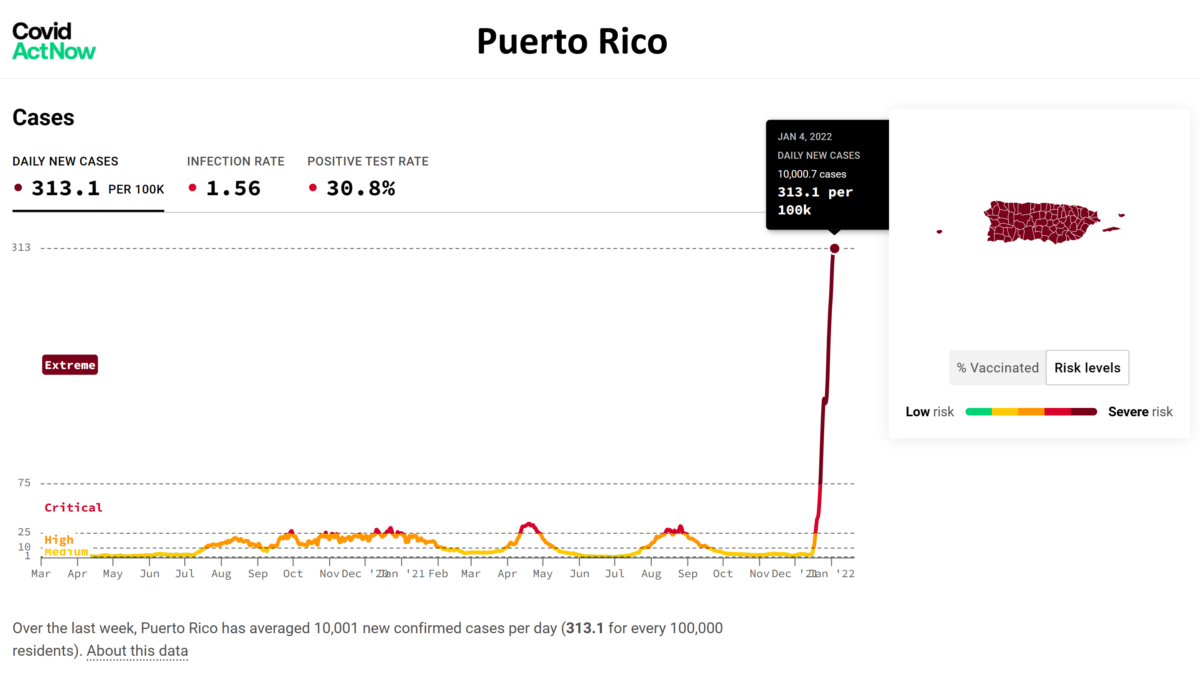Huge puffin die-off linked to record-high Bering Sea temperatures – ‘We’re in uncharted territory’
By Craig Welch
8 November 2016 (National Geographic) – The tufted puffins started washing ashore on St. Paul Island in mid-October—first a handful, then dozens, then so many that volunteers patrolling to collect dead birds began walking their four-wheelers rather than riding. It was easier than getting off every few feet. The hundreds of dead, emaciated puffins showing up on this isolated, wind-swept scratch of land in the Pribilof Islands in the middle of the North Pacific suddenly has scientists worried—about the population of this white-masked, orange-beaked seabird, but also about what their deaths may portend for the normally productive Bering Sea. A stretch of water that provides more seafood than any other in North America saw such record-warm temperatures earlier this year that scientists suspect the ocean food web there has shifted. That could spell big downturns for marine life, from seabirds and fur seals to salmon, crab and the $1 billion-a-year pollock fishing industry that provides flaky white filets for everything from McDonald’s fish sandwiches to frozen fish sticks. “The Bering Sea has been off-the-charts warm,” said Nate Mantua, an ecologist at NOAA’s Southwest Fisheries Science Center in Santa Cruz, California. “We’ve never seen anything like this. We’re in uncharted territory. We’re in the midst of an extraordinary time.” […] “The maximum summer temperatures in the Bering Sea were the warmest we’ve ever seen,” said Phyllis Stabeno, with NOAA’s Pacific Marine Environmental Lab. “And the minimum temperature—the coldest it gets in winter—was warmer than several of the last years.” [more]

